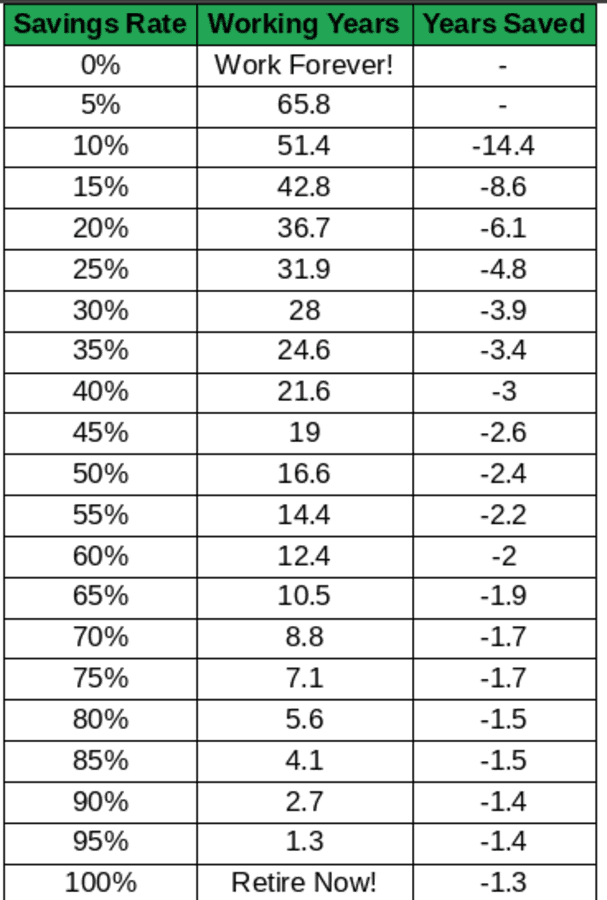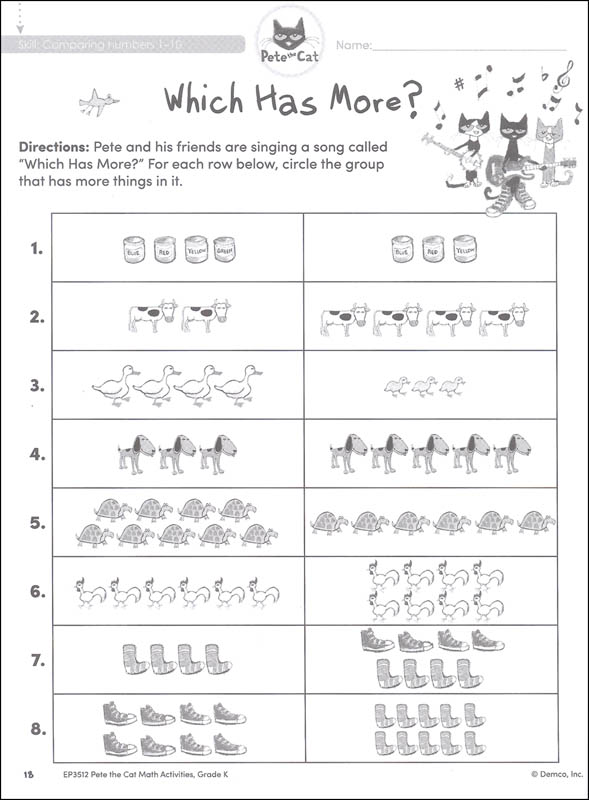
No one-least of all me!-doubts that these authors have proved a strong new technical result, solving a significant open problem in the theory of noisy random circuit sampling. The latter claim is based on this recent preprint by Dorit Aharonov, Xun Gao, Zeph Landau, Yunchao Liu, and Umesh Vazirani. The second claim is that Sycamore’s pretensions to quantum supremacy have been refuted. See for example the New York Times and Quanta and Ars Technica and Nature (and of course, the actual paper), as well as Peter Woit’s blog and Chad Orzel’s blog. The first claim is that Sycamore created a wormhole (!)-a historic feat possible only with a quantum computer. News, social media, and my inbox have been abuzz with two claims about Google’s Sycamore quantum processor, the one that now has 72 superconducting qubits. This is going to be one of the many Shtetl-Optimized posts that I didn’t feel like writing, but was given no choice but to write. And I think it’s worth reflecting on what we can do to prevent it from happening again. Something went terribly wrong-something that risks damaging trust in the scientific process itself. (2) the lay news readers who are now under the impression that Google just did one of the greatest physics experiments of all time, (1) the It from Qubit community that likes to explore speculative ideas like holographic wormholes, and I don’t even blame most of the authors of the wormhole paper, such as Daniel Jafferis, who gave a perfectly sober, reasonable, technical talk at the workshop about how he and others managed to compress a simulation of a variant of the SYK model into a mere 9 qubits-a talk that eschewed all claims of historic significance and of literal wormhole creation. I don’t blame the It from Qubit community-most of which, I can report, was grinding its teeth and turning red in the face right alongside me. If I were a medieval historian, everything he said about the experiment’s historic significance might strike me as perfectly valid inferences from what I’d read in the press. To be clear, I don’t blame Professor Nirenberg at all.

No one really, literally believed that this little 9-qubit simulation opened up a wormhole, or helped prove the holographic nature of the real universe, or anything like that. Before, I had implicitly assumed: no one was actually hoodwinked by this. I confess: this was the first time I felt visceral anger, rather than mere bemusement, over this wormhole affair.

Nirenberg asked whether, a century from now, people might look back on the wormhole achievement as today we look back on Eddington’s 1919 eclipse observations providing the evidence for general relativity. Tonight, David Nirenberg, Director of the IAS and a medieval historian, gave an after-dinner speech to our workshop, centered around how auspicious it was that the workshop was being held a mere week after the momentous announcement of a holographic wormhole on a microchip (!!)-a feat that experts were calling the first-ever laboratory investigation of quantum gravity, and a new frontier for experimental physics itself. īut there’s one thing, relevant to this post, that I can’t let pass without comment. Tomorrow I’ll speak about my recent work with Jason Pollack on polynomial-time AdS bulk reconstruction. I’m learning a huge amount from the talks and discussions here-and also simply enjoying being back in Princeton, to see old friends and visit old haunts like the Bent Spoon.

6): I’m having a blast at the Workshop on Spacetime and Quantum Information at the Institute for Advanced Study in Princeton.


 0 kommentar(er)
0 kommentar(er)
